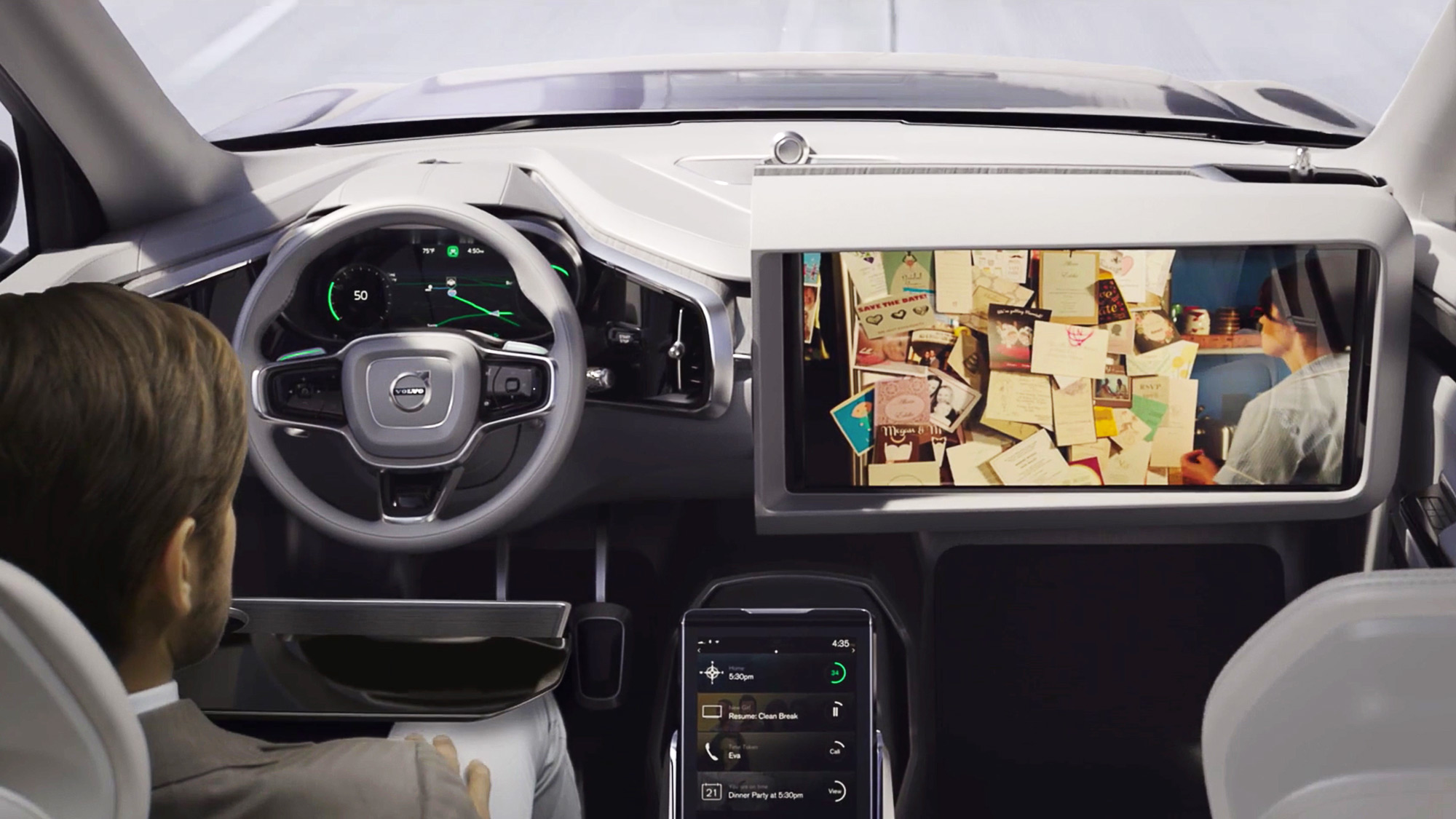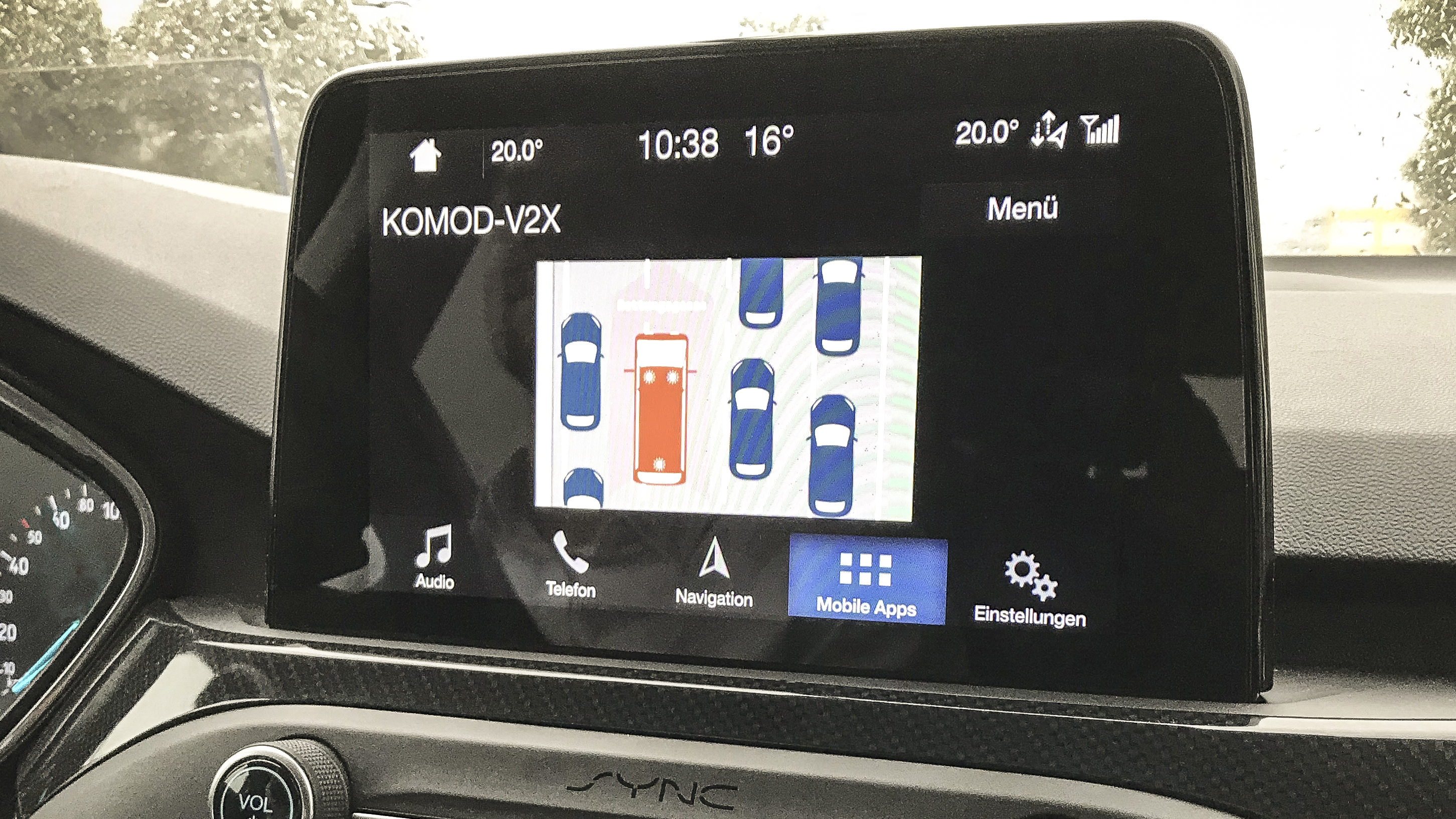
5G delivers super-fast connectivity that can be used for many everyday tasks and it’s the area where driverless cars are being developed that really fires up the imagination. Autonomous vehicles are currently being tested that offer distinct possibilities for the future, but will they become a part of everyday reality?
Everybody is getting very excited about the rollout of 5G. Faster connectivity and a wider reach of services will hopefully mean we all get a better online experience.
However, 5G isn't just about speedier web browsing, quicker movie-streaming, lightning-fast gaming and improved communications at home, at work or on the move.
In fact, 5G could be about to play a big part in the way we get from A to B, particularly when it comes to autonomous vehicles. Of course, driverless vehicles are already with us, and many can operate on their own.
However, the downside is that there still needs to be a real person behind the wheel just in case. Legislation and, perhaps, a little nervousness dictates this, but will human intervention using the ‘just in case’ scenario be needed at all in the future?

A complicated process
Times have changed and so has the technology being used to provide a stronger backbone for supporting driverless cars. While 4G seemed like a big deal at the time it was never going to be much use in the word of vehicle autonomy.
5G on the other hand, is offering car manufacturers an array of options for the evolving transport marketplace when it comes to connected and autonomous vehicles, or CAVs.
Get daily insight, inspiration and deals in your inbox
Sign up for breaking news, reviews, opinion, top tech deals, and more.
It’s the rapid-fire connectivity of 5G that could lie at the heart of CAV development, although this will also be dependent on infrastructure in order to join up the dots. Autonomous vehicles, by their very nature, are heavily reliant on data and lots of it.
This means that having driverless cars on our roads isn’t going to happen overnight. It’s a complicated matter, but the advent of 5G is certainly going to help speed up progress.

Central to progress is, naturally, research and development. There are car manufacturers doing their own thing, and there are independent companies who are working on their solutions.
There’s even a good degree of collaboration between manufacturers and the standalone businesses that can see the vast potential of 5G when used in the context of CAVs.
Millbrook Proving Ground in rural Bedfordshire, England, is a great example of how the R&D is driving things forward. With its private but comprehensive testing facilities the location has long been an automotive testing hotspot where autonomous vehicles can be put through their paces in public road-like conditions, but in safety too.
Currently the location is home to AutoAir, a 5G testing environment and, as mentioned above, it’s the direct result of collaboration. In this instance it’s been a team effort from the likes of McClaren Applied Technologies and the University of Surrey along with tech input from the likes of ARM, Real Wireless, Quortus Limited, Blue Wireless and Dense Air Limited.
Alongside the owners of Millbrook, who’ve obviously got prime facilities to use as a testbed for all this research, it’s easy to see just how much effort is going to be needed to make 5G work as it could and should with CAVs.
That said, a lot of the research is focused on urban areas, but if autonomous vehicles are going to have universal appeal then perhaps it’s not too much to expect driverless cars to eventually venture into rural areas also. The 5G Rural Integrated Testbed (5GRIT) is a partnership between SMEs and universities that is looking into creating better 5G infrastructure in rural locales, so it’s a distinct possibility.

Faster response times
In the case of AutoAir, the organization has set up a complex 5G network that uses an array of technical components in order to create the ideal testing environment. There are multiple masts and even more base stations that allow technicians to produce all manner of different scenarios, such as maintaining a 1Gbps connection at speeds right up to 160mph.
Adding to the potential of this speedy connectivity is the way the system can utilize vehicle-to-vehicle or V2V applications. This is further boosted by cellular vehicle to everything (C-V2X) applications.
The latter could be the magic ingredient in the development of 5G in autonomous vehicles because it helps join up all those dots we mentioned earlier. Not only will it be able to see what your vehicle is doing, it will also be able to check on other traffic, cyclists, pedestrians and update you on what the wider infrastructure around you is doing.
The growing prevalence of Internet of Things devices will also mean that our infrastructure will improve to work in tandem with the data being driven to and from autonomous vehicles.
This could actually be the way to even out traffic flow and melt away jams or bottlenecks. Connected traffic lights, for example, could talk to vehicles and vice versa. Similarly, the same could happen with street lights, road signs and, indeed, anything else that vehicles and their passengers need to be in touch with during that journey from A to B.
With demand for vehicles growing and only so many stretches of tarmac to go around, city planners and car owners alike will have to make compromises. But, thanks to 5G, the level of compromise might not be quite as bad as some are making out.
The low latency of 5G means that the responsiveness will be much more instantaneous, which autonomous cars will need to have in order to interpret sudden changes in road conditions and also where hazards occur.

Invisible-to-Visible
One interesting example of how 5G could take this a step further is Nissan and its Invisible-to-Visible innovation. The company unveiled its futuristic vision at CES 2019 and the concept offers up some fascinating possibilities.
Using fast connectivity and augmented reality an in-car system will be able to monitor you and your surroundings to help flag up things you might be interested in, such as points of interest, places to eat and so on.
However, the really interesting thing about I2V will be its ability to see around corners, and thereby alert you to any potential hazards such as obstacles in the road, passengers obscured by vehicles and so forth. Naturally, in order to do this effectively cars will need the sort of connectivity speeds that can ping lots of data backwards and forwards instantly. It’s going to be just the job for 5G in other words.
Similarly, Ford is working with Vodafone on connected vehicle technology that uses the power of 5G to warn other cars when emergency vehicles are approaching.
Combining this with autonomous driving underlines just how excited we should be getting about the future and the potential safety benefits, not only for ourselves but for everyone else on the road. The data-driven experience isn’t just pie-in-the-sky fantasy either and forms part of a €15 million (around $16.8 million / £13.3 million) trial of connected car technologies and automated driving currently underway in Germany.

Which brings us back to the speed and volume of data that is subsequently produced during all this. There’s lots of it being accumulated.
Testing at Millbrook is routinely producing up to and sometimes over 4TB a day and, thanks to 5G’s capacity for handling such a high amount of information, the processing of data is much more rapid than it could have ever been before.
Plus, due to the proliferation of smaller antennas that are dotted around the test facility, the coverage and efficiency is boosted while not having an unduly negative effect of the surrounding geography. Previously, larger masts would have been needed, while the new option is to have lots of masts, but much smaller and more efficient variants on the theme.
So progress is being made – but it’s not quite there yet. Will we see autonomous vehicles controlled using the power of 5G in the very near future? Perhaps not, but as the teams at Millbrook and other test facilities around the globe are finding out, it will happen. It’s just a matter of time.
5G Uncovered, in association with Samsung, brings you everything you need to know about the next wave of connectivity - not just how fast it's going to be, but in just how many ways it's going to change your life. Our 5G Uncovered hub is carefully curated to show everything there is to know about the next generation of connection.
Rob Clymo has been a tech journalist for more years than he can actually remember, having started out in the wacky world of print magazines before discovering the power of the internet. Since he's been all-digital he has run the Innovation channel during a few years at Microsoft as well as turning out regular news, reviews, features and other content for the likes of TechRadar, TechRadar Pro, Tom's Guide, Fit&Well, Gizmodo, Shortlist, Automotive Interiors World, Automotive Testing Technology International, Future of Transportation and Electric & Hybrid Vehicle Technology International. In the rare moments he's not working he's usually out and about on one of numerous e-bikes in his collection.
